I'm familiar with vertex and fragment shaders but still confused about how a fragment shader determines the amount of fragments from the output of vertex shader.
If I have 3 vertices and I draw a triangle primitive in GLSL, then vertex shader will run three times for every vertex and then fragment shader will run many times (depending upon the number of fragments, once for each fragment).
I want to know how fragment shader determines the fragments? Does it use gl_Position? If I don't set gl_Position in my vertex shader does fragment shader still be able to generate fragments or not?
Is gl_Position is compulsory to set every time in vertex shader?
